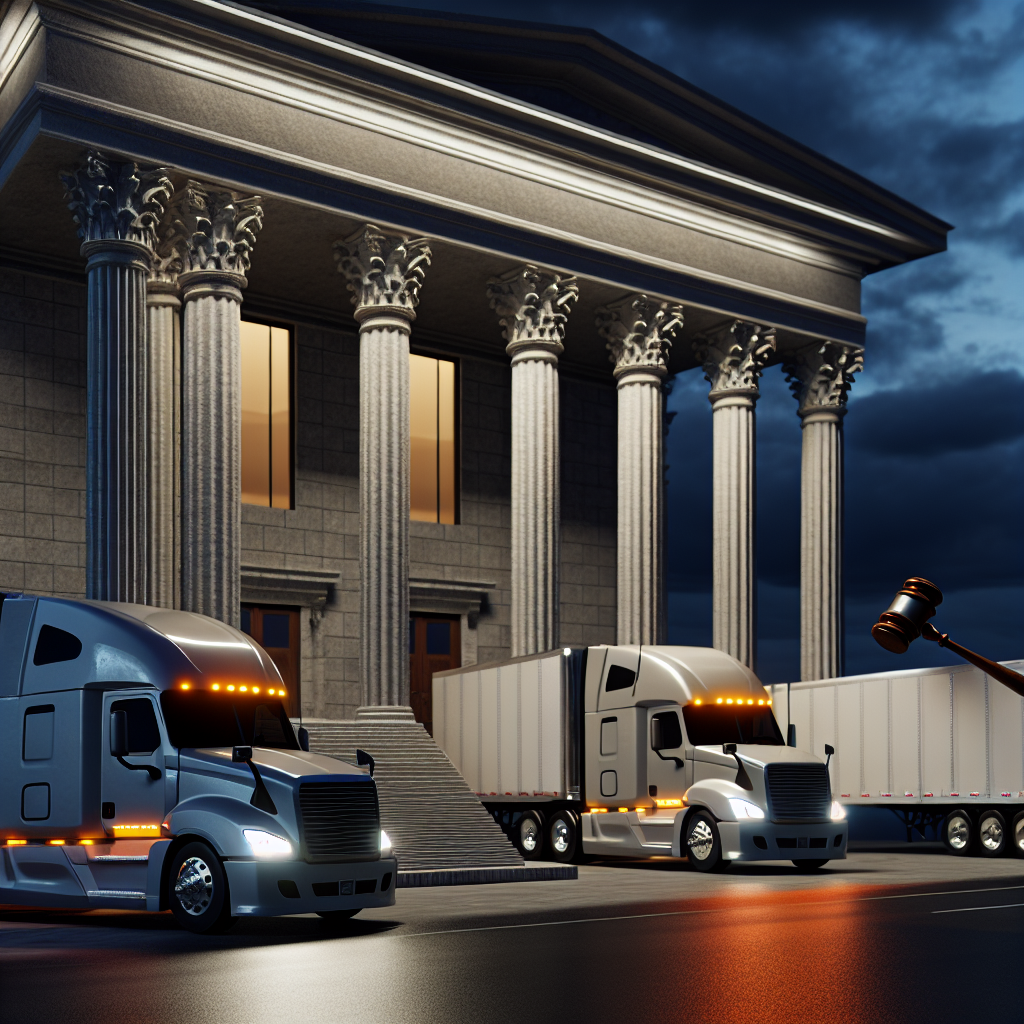Trailer maker Wabash has put a bookend on a closely watched St. Louis product‑liability case stemming from a 2019 rear‑end crash, reaching a settlement that ends a year of litigation over a jury award that had once swelled to a “thermonuclear” size. The agreement resolves the dispute without further appeals after a Missouri court earlier trimmed the punitive damages; FreightWaves reported the matter has now been settled out of court. For manufacturers and carriers alike, the takeaway is clear: the liability spotlight isn’t just on carriers anymore — the equipment itself can pull companies into nine‑figure exposure unless risks are identified and managed up front.
What’s new for Wabash’s balance sheet is certainty. The settlement converts litigation risk into a fixed cash outcome — including a $30 million corporate contribution, with insurers covering the additional costs — and removes the overhang from one of the largest verdicts the equipment side of trucking has seen. That stabilizes the legal narrative around the company heading into the next quarter and lets management re‑center investor conversations on demand, pricing and backlog rather than court calendars.
Markets appear to be treating the resolution as a de‑risking milestone rather than a game‑changer. Wabash shares finished Friday, October 17, at $8.81, little changed on the day, and investors’ next catalyst is close at hand with the company slated to report around October 24. That timing matters: with the case closed, executives can detail how reserve releases and insurance recoveries flow through results — and how much attention can shift back to soft trailer demand and parts-and-services growth.
For the broader industry, this settlement underscores three practical realities. First, OEM liability is no longer theoretical; plaintiffs’ lawyers are increasingly willing to make the design of rear‑impact and underride protection a central issue. Second, insurance structures matter: layered coverage and clear notice-to-insurer practices can dramatically change the cash outcome when a verdict balloons. Third, spec and documentation can be a shield — fleets that can demonstrate they ordered equipment to prevailing standards, maintained it, and trained drivers on proper stopping and visibility protocols will be in a stronger position if a crash turns into a courtroom battle.
Bottom line for fleets and shippers: the courtroom risk tide isn’t receding, but this outcome shows “thermonuclear” headlines can ultimately give way to negotiated reality. Expect carriers to keep pressing OEMs for guard performance data and for underwriters to keep scrutinizing spec, maintenance and camera coverage. And expect OEM legal teams to be in the room earlier — alongside sales — as contracts are written and safety claims are framed for customers.
Sources: FreightWaves, ChartExchange, SwingTradeBot
This article was prepared exclusively for TruckStopInsider.com. Republishing is permitted only with proper credit and a link back to the original source.





